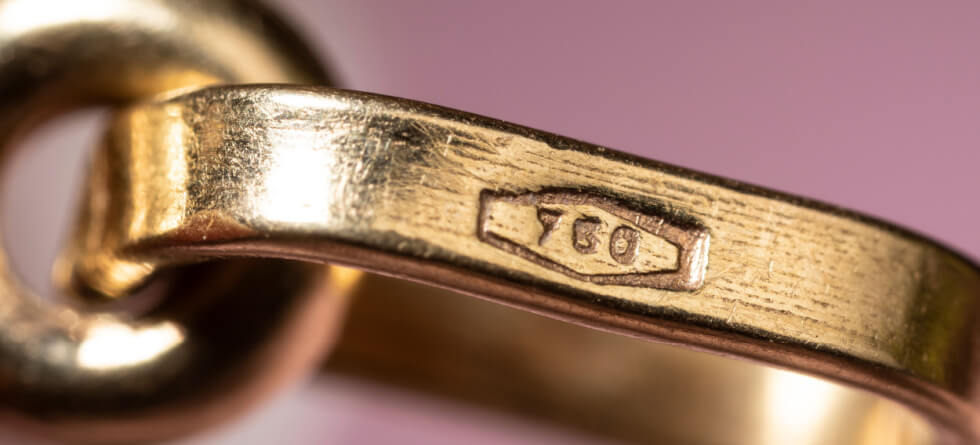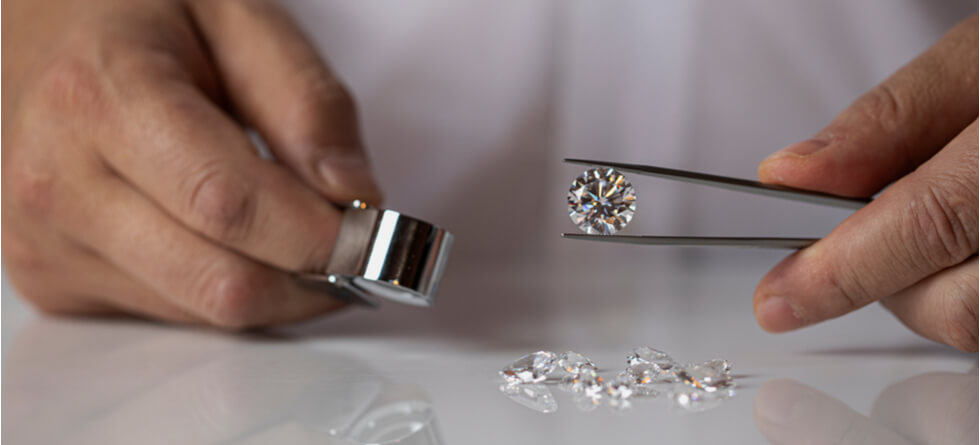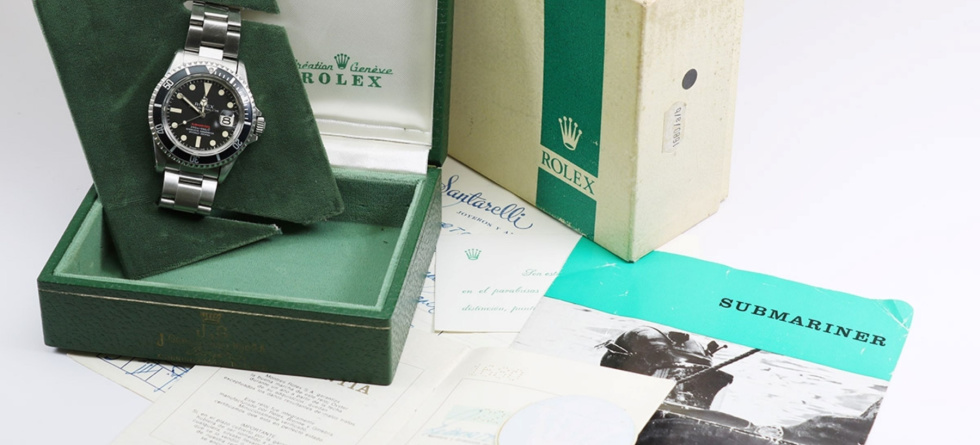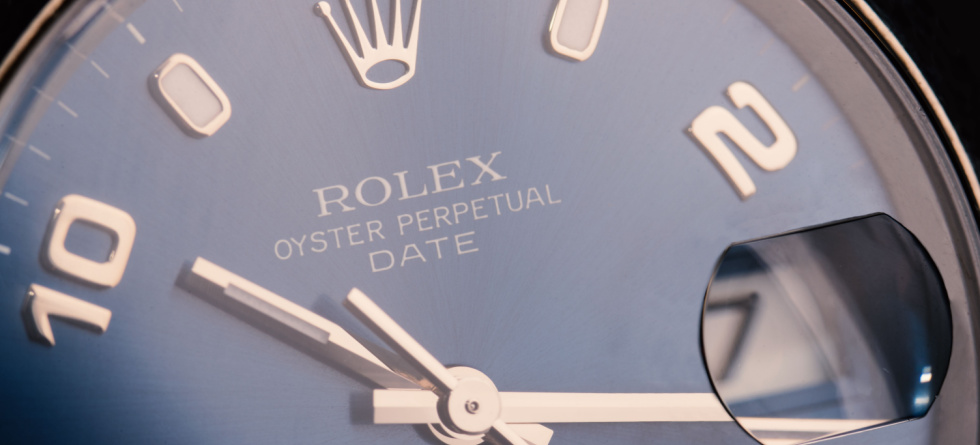You can use several methods to tell the difference between real and fake gold. Here are some common tests you can try:
- Magnet test: Real gold is not magnetic, so if a magnet is attracted to the jewelry, it is likely, not real gold. Remember that some fake gold jewelry may also not be magnetic, so this test is not foolproof.
- Acid test: An acid test involves using nitric acid to test the purity of the gold. Real gold will not react to the acid, while fake gold made of other metals, such as brass or copper, will produce a reaction.
- Scratch test: Gold is a soft metal and can be scratched with a needle or pin. If the metal scratches easily or reveals a different color underneath, it is likely, not real gold.
- Density test: Gold is a very dense metal and will feel heavy for its size. You can compare the weight of the jewelry to its size to determine if it is absolute gold.
- Hallmark test: Real gold jewelry is often stamped with a hallmark or a stamp that indicates the purity of the gold, such as 14K or 18K. Look for these markings to determine the authenticity of the gold.
It is important to note that while these tests can be helpful in determining the authenticity of gold, they are not foolproof and can sometimes produce inaccurate results. It is best to take your gold jewelry to a reputable jeweler or appraiser for testing if you are unsure about its authenticity.




